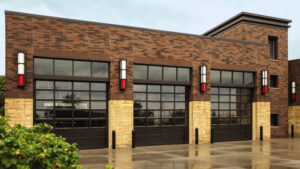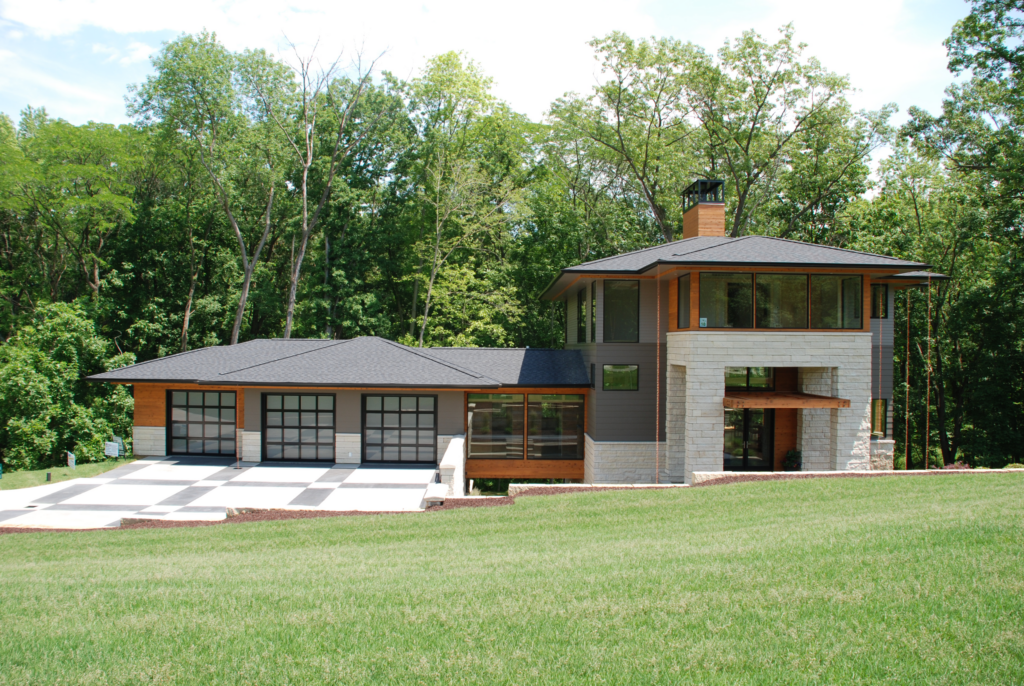Garage doors make life convenient—until they stop working properly. One of the most common issues homeowners face is misaligned garage door sensors. If your garage door won’t close all the way or it reverses before touching the ground, misaligned sensors may be the culprit. Fortunately, fixing them is easier than you might think. In this guide, we’ll walk you through how to align garage door sensors and get your door working smoothly again.
What Are Garage Door Sensors?
Garage door sensors are safety features designed to prevent the door from closing on people, pets, or objects in its path. They use an infrared beam to detect obstructions. If something interrupts the beam, the garage door won’t close. These sensors are mounted near the base of the garage door track, one on each side.
However, if the sensors become misaligned, they may falsely signal an obstruction, causing the door to malfunction. Aligning them correctly ensures your garage door operates safely and efficiently.
Signs Your Garage Door Sensors Are Misaligned
Before jumping into the alignment process, check for these signs that your sensors might be out of sync:
- The garage door starts to close but immediately reverses.
- The garage door won’t close at all.
- The sensor lights are blinking instead of being steady.
- You must hold the wall button down for the door to close.
If you notice these issues, it’s time to realign the sensors.
Tools You’ll Need
Before getting started, gather the following tools:
- Screwdriver
- Level
- Measuring tape
- String or a long straight object (such as a ruler or board)
- Soft cloth for cleaning the sensors
- Zip ties (optional, for securing sensor wires)
- Flashlight (to check for dirt or obstructions)
Once you have these ready, follow the step-by-step guide below.
Step-by-Step Guide to Aligning Garage Door Sensors
Step 1: Check for Obstructions
Sometimes, the sensors aren’t misaligned—they’re just blocked. Dust, dirt, spider webs, or small objects can interfere with the signal. Take a soft cloth and gently clean both sensors. Also, remove any objects that might be in the sensor’s line of sight.
Use a flashlight to inspect the area around the sensors. Sometimes, dirt or cobwebs may be difficult to spot in dim lighting.
Step 2: Check Sensor Lights
Most garage door sensors have indicator lights. One sensor typically emits a steady light (sending sensor), while the other should remain solid when properly aligned (receiving sensor). If the receiving sensor’s light is blinking or off, that indicates a misalignment issue.
Refer to your garage door opener’s manual for specific light color meanings, as they may vary by brand.
Step 3: Loosen the Sensors
Use a screwdriver to slightly loosen the mounting brackets holding the sensors in place. Don’t remove them completely—just enough so they can be adjusted.
Step 4: Align the Sensors Manually
Carefully adjust each sensor until both indicator lights remain solid. You can do this by moving them slightly up, down, or side to side. If the light stays on without flickering, the sensors are correctly aligned.
Step 5: Use a Level for Accuracy
For precise alignment, place a level on top of each sensor. Both should be at the same height from the ground. If needed, adjust them until they’re level.
Step 6: Use a String to Check Alignment
For additional accuracy, tie a string between the two sensors. Make sure the string is taut and runs directly across the middle of each sensor’s lens. If the string is slanted, adjust the sensors until they are perfectly aligned.
Step 7: Secure the Sensors
Once the sensors are aligned, tighten the screws to secure them in place. Be careful not to move them while tightening. If the sensor wires are loose or hanging, use zip ties to secure them along the garage door track. This prevents them from getting knocked out of place in the future.
Step 8: Test the Garage Door
Now, test the garage door by pressing the close button. If the sensors are correctly aligned, the door should close smoothly without reversing. If the issue persists, double-check the alignment and clean the sensors again.
Additional Troubleshooting Tips
If you’ve followed all the steps and your garage door still won’t close properly, try these troubleshooting tips:
Check for Wiring Issues
Look for loose, disconnected, or frayed wires near the sensors. If you notice damage, the wiring may need to be repaired or replaced. Be sure the wires are securely connected to the garage door opener.
Check for Sunlight Interference
Direct sunlight can interfere with the infrared beam of garage door sensors. If your garage door only malfunctions at certain times of the day, this may be the issue. Try shading the sensors with small covers to reduce sunlight exposure.
Reset the Garage Door Opener
Some garage door openers require a reset after adjusting the sensors. Unplug the opener for 30 seconds, then plug it back in and test the door.
Replace Faulty Sensors
If the sensors are old, damaged, or malfunctioning despite proper alignment, they may need to be replaced entirely. Check the model number of your garage door opener and purchase compatible replacement sensors.
Call a Professional
If none of the above steps work, it might be best to call a garage door technician for help. They have specialized tools and experience to diagnose and fix sensor-related issues.
Preventing Future Misalignment
To keep your garage door sensors working properly, follow these maintenance tips:
- Clean Sensors Regularly: Dust and debris can interfere with the infrared beam, so wipe them down every few months.
- Avoid Bumping the Sensors: Be mindful when moving items near the garage door tracks to prevent accidental misalignment.
- Check Alignment Periodically: Even if your sensors are working fine, checking their alignment every few months can prevent issues before they arise.
Protect the Sensor Wires: Use zip ties or conduits to keep wires neatly secured along the track, reducing the risk of accidental disconnections.
Why is one garage sensor yellow and the other green?
Garage door sensors typically have two different colored lights, which indicate their function:
Yellow Light: This is usually the sending sensor. It emits an infrared beam to the receiving sensor on the other side of the garage door. The yellow light should always be on, as it indicates the sensor is working correctly.
Green Light: This is the receiving sensor. If the green light is on and steady, it means the sensor is receiving the infrared beam properly. If it’s blinking or off, this could indicate a misalignment or obstruction.
If the yellow light is on but the green light is flickering or off, you may need to realign the sensors to restore proper function.
Should both sensors on the garage door be green?
No, typically only one sensor (the receiving sensor) has a green light, while the other (the sending sensor) has a yellow light. However, in some models, both sensors may have green lights, with one remaining steady and the other blinking if there’s a problem. Check your manufacturer’s manual to confirm the correct indicator light behavior for your specific model.
If one or both sensors have no light or blinking lights, you may need to:
Clean the sensors to remove dust or debris.
Check for loose wires or connections.
Align the sensors properly.
How do I line up garage door sensors?
Lining up garage door sensors ensures they communicate properly and prevent unnecessary door malfunctions. Follow these steps:
Loosen the mounting brackets holding the sensors in place using a screwdriver.
Align the sensors manually by adjusting them until both indicator lights remain steady and on.
Use a level to ensure both sensors are at the same height.
Check alignment with a string by tying a string between the two sensors and adjusting them until the string is level.
Tighten the brackets once the sensors are aligned.
Test the garage door to ensure it closes properly without reversing.
If the lights remain off or flicker, repeat the alignment process and check for obstructions.
How to fix misaligned sensors on a garage door?
If your garage door sensors are misaligned, follow these steps to fix the issue:
Turn off the garage door opener to prevent accidental operation while adjusting the sensors.
Clean both sensors with a soft cloth to remove dust and dirt.
Check for obstructions in the sensor’s path, such as tools, toys, or spider webs.
Loosen the sensor brackets and adjust them so that the sending sensor’s light remains steady and the receiving sensor’s light turns solid (not blinking).
Use a level to ensure both sensors are at the same height.
Secure the sensors in place and tighten the brackets.
Test the garage door by opening and closing it.
Inspect for wiring issues if the problem persists. Look for loose, frayed, or disconnected wires.
Need Help? Call the Experts!
If you’re still struggling with how to align the sensors on a garage door, OHD Bellingham is here to help. Our trained technicians can quickly diagnose and fix any garage door issues to get your system running smoothly again. Call Now! (360) 734-5960
Don’t let a misaligned sensor keep you from using your garage door—contact us today for expert service and support!





